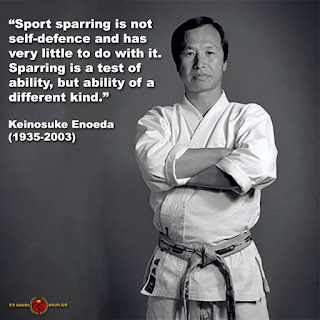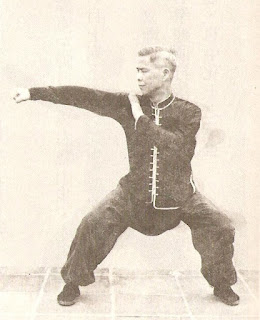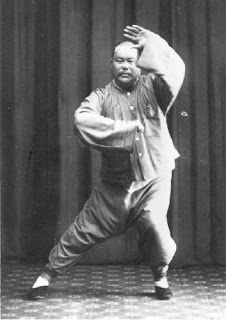by Phillip Starr
In most
contemporary martial disciplines, there's a lot of emphasis placed on
exactly, precisely how a given technique is to be performed. To be
sure, this is necessary when first learning a technique or movement
but oftentimes, practitioners get stuck in this particular rut.
Their minds focus on whether or not they (or someone else) do the
movement exactly so. This stunts their growth and becomes a bad
habit that can be very difficult to break. They begin to think of
their techniques and movements in terms of exactly how the foot
should be placed, and so on. Without necessarily being consciously
aware of it, they're focusing on learning and practicing the “outer
shell” of their particular martial art. Many of them never
progress beyond this stage...like an egg that never hatches.

This isn't to say
that students should be free to perform the various techniques and
movements however they wish...I call that the “general idea”
approach. Executing a particular punch or kick must necessarily be
done in a very specific way. But once that stage has been reached,
students must move beyond it. Many never do (and some go on to
become instructors). This anal retentiveness is very common within
the neijia (internal Chinese martial arts) community. A great many
of them focus their attention almost entirely on exactly how the feet
(and even the toes) are to be placed, and so on. Very nitpicky.
Very. Nitpicky. Too nitpicky.

What should be
focused on after the student is able to perform the technique
properly is/are the principle(s) involved. Without this
understanding, he/she may well be doing the technique or movement
incorrectly although it may have the outward appearance of
exactitude. Unfortunately, many of those who teach aren't altogether
certain themselves of just what or which principle(s) are involved.
They got stuck themselves in the rut of “technique.”
Others concern
themselves with how they LOOK when they perform the
technique/movement. To them, it's about cosmetics. They're
concerned with “looking good.” This path leads to nowhere. I
laugh when I tell people that the southern kung-fu systems are
actually rather homely unless you know what to look for...there are
no jumps, twirls, flying kicks, or any of that. No make-up. No
“styled hair.” Real martial arts are oftentimes rather plain or
even homely...
Then there are
those who, after learning how a technique or movement is performed,
get all tangled up in combat application and self-defense. This
becomes their new polestar. Certainly, understanding application and
being able to practically use the technique is very important, but
it's not the end point. Not yet.
They miss the
importance of “feeling.” That is, how the technique/movement
“feels” inside their bodies and how it affects (different areas
of) their bodies. To do this requires a good deal of patience (which
many aspiring martial arts “masters” seem to lack) and
perseverance. One must “listen” and “taste” the
technique/movement. Oftentimes, the flavor is rather subtle, so it's
important to pay attention.
The
technique/movement may LOOK right – it may even look really cool –
but it's nothing more than a doughnut. Nothing inside. Kind of like
a politician. Practice it SLOWLY and FEEL how it affects different
parts of your body. If you know the principle(s) involved in its
execution, you should be able to feel them easily. You might be
surprised to discover that they're just not there! You might
discover certain parts of your body being involved in the technique
when they shouldn't be. If you listen carefully and savor the
movement, you may be surprised at what you find.

.jpg)
.jpg)

.jpg)







.jpg)













.jpg)













.jpg)
































